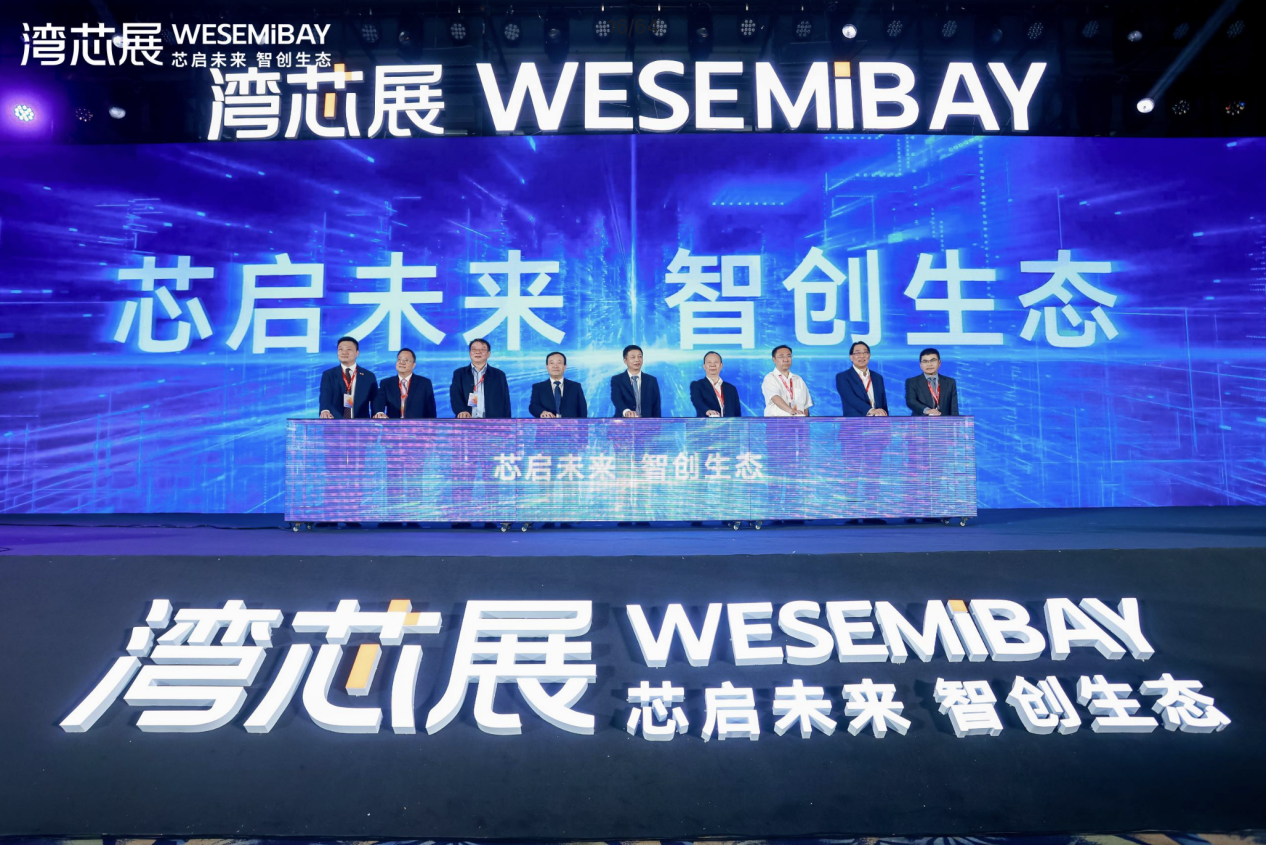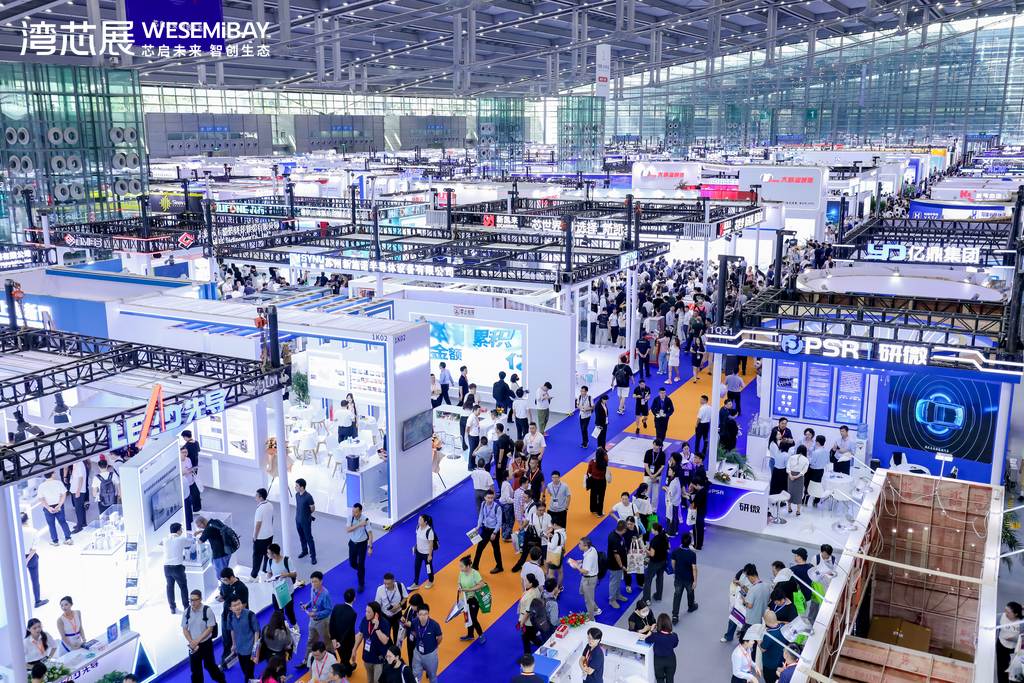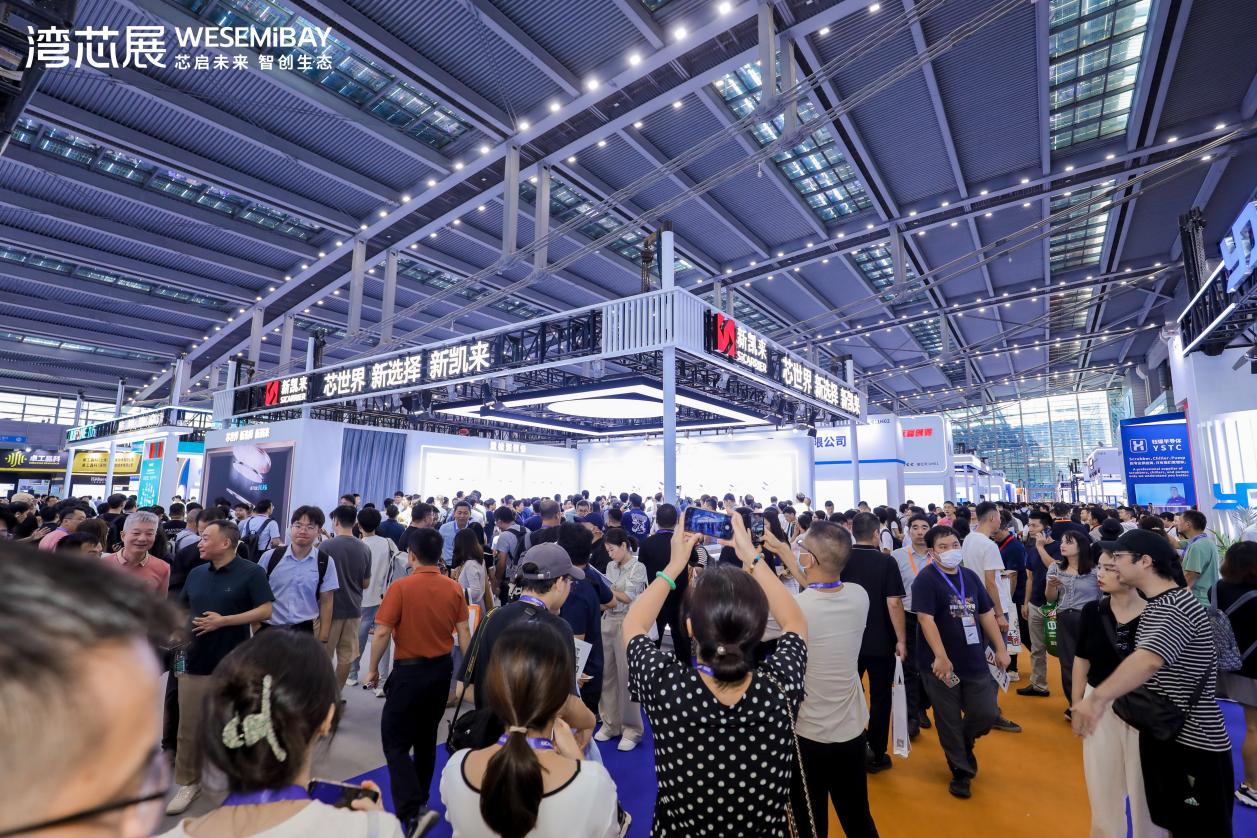
Industry insiders said on Wednesday that the United States’ latest technological curbs on China’s semiconductor sector are likely to accelerate the latter’s development, citing intensified efforts throughout the industry chain to achieve technological breakthroughs, reduce reliance on overseas supplies, and attain self-sufficiency.
The insiders said they have high expectations for the Guangdong-Hong Kong-Macao Greater Bay Area’s potential to drive industry growth, supported by regional policies, a sound industrial chain, and a favorable business environment.
These remarks were made at the second SEMiBAY Semiconductor Ecosystem Expo, which opened in Shenzhen on Wednesday.

The three-day event features a rich selection of new products and key policy announcements, aiming to promote greater integration of the semiconductor industry chain within the Greater Bay Area.
In recent years, the US government has moved to restrict China’s access to advanced chips and manufacturing equipment, with the stated goal of curbing China’s AI and military capabilities, and maintaining US leadership in technology. The measures include export controls on high-end chips, chipmaking tools, and software, as well as adding Chinese companies to entity lists, which require US and foreign firms to obtain licenses before exporting to them.
Zhou Zhiwei, director of precision stage and sorting research and development center at Shen-zhen Han’s Semiconductor Equipment & Technology Co Ltd, said the US export restrictions are “not a bad thing” for China.
“The move has prompted China to run faster in closing the technological gap by pouring greater efforts into R&D,” he said.
ALSO READ: Qianhai fuels HKU's innovation and entrepreneurship drive
Although the Greater Bay Area has historically lagged behind the Yangtze River Delta in semiconductor industry development, the southern region is rapidly catching up, Zhou said. The expo reflects the Shenzhen government’s determination to bolster the industry by integrating upstream, midstream and downstream industry players, he added.
Located in Guangzhou’s Nansha district, the Shenzhen Han’s semiconductor business generated 600 million yuan ($84 million) in operating revenue last year.
“The Nansha government has offered us various preferential policies, and we can also find supply chain partners easily in the region, which helps us lower costs and enhance efficiency,” Zhou said.

CR Micro, known as China’s first listed integrated device manufacturer (IDM), said it has achieved self-sufficiency throughout its industrial chain.
A company representative said that its power devices, from production to packaging, are all processed in in-house factories without the need for outsourcing, ensuring product stability and cost advantages.
The company’s annual sales have exceeded 10 billion yuan, with the domestic market accounting for over 90 percent.
“Amid trade frictions, we have quickly achieved localized substitution, addressing the issue of chip supply shortages from Europe and the US,” the representative said.
Yuan Yi, president of Shenzhen Qiyunfang Technology’s electronic design automation (EDA) business unit, said the company has made a major breakthrough in addressing the shortage in domestic semiconductor and electronic industrial software. The company launched two domestically developed EDA software tools for electronic engineering, marking “a significant milestone in the industry’s independent growth”, Yuan said.
EDA tools, which are the cornerstone of chip and electronic design, are widely used in chip design, chip packaging and printed circuit board design processes. “EDA software from European and American manufacturers had long dominated the Chinese market, leaving the domestic industry dependent on foreign technology,” Yuan said.
This year’s exhibition covers over 60,000 square meters and has attracted more than 600 leading companies and academic institutions from over 20 countries and regions.
Contact the writer at bingcun@chinadailyhk.com


